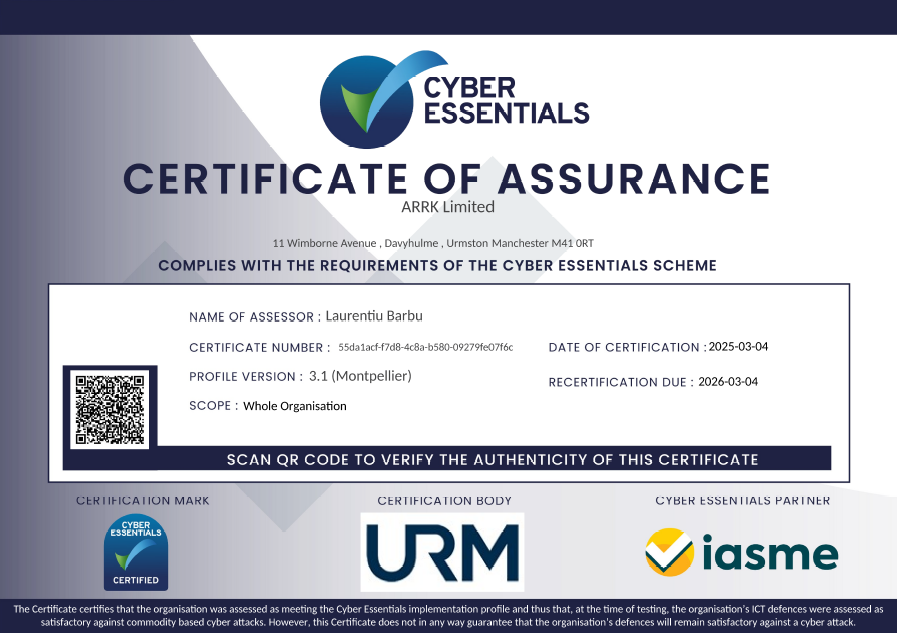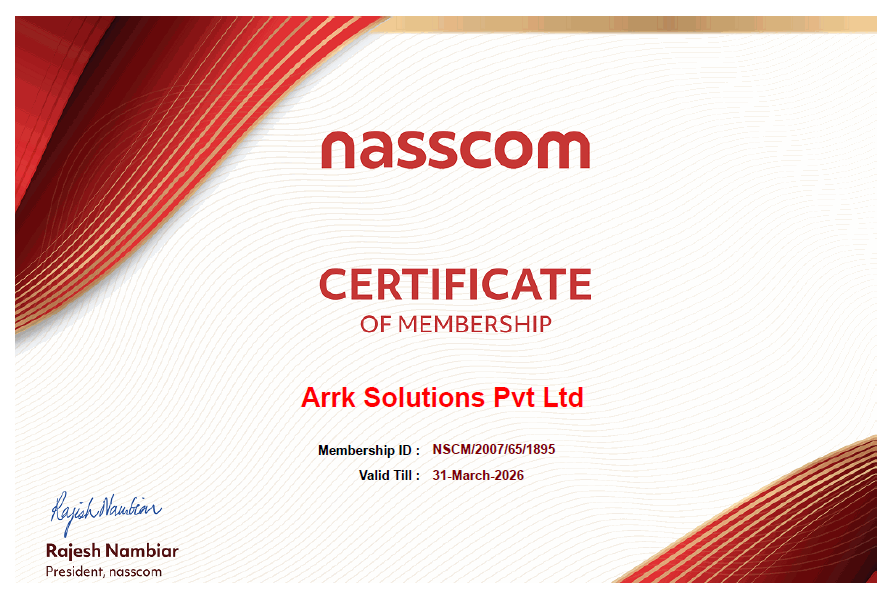Accelerating Greener Infrastructure Through Digital Solutions
Digital solutions have emerged as the linchpin for addressing these challenges, enabling smarter, faster, and more efficient methods to achieve sustainability milestones. This article delves into how digital tools are transforming the infrastructure landscape and highlights their successful application in a pioneering sustainable building project.
Customer
Development Institution
Financial Experts
Rich Experience
World Leader
Situation
- High Environmental Impact: Excessive use of energy, water, and materials drives up carbon emissions and resource wastage.
- Complex Compliance Processes: Meeting sustainability benchmarks require meticulous planning, extensive documentation, and ongoing audits.
- Limited Collaboration: Fragmented communication between stakeholders hampers progress and delays critical decisions.
- Economic Pressures: Initial investments in sustainable practices may deter stakeholders without clear visibility into long-term benefits.
These challenges necessitate an innovative approach that blends sustainability goals with technological prowess.
Resilient Infrastructure
Green Finance
Speed to Market
Transforming to Greener Infrastructure
Solution
- Smart Design Tools: Advanced modeling software, like Building Information Modeling (BIM), incorporates real-time sustainability metrics into the design phase, allowing for energy optimization and materials selection.
- Collaborative Platforms: Cloud-based tools bridge gaps between architects, engineers, and project managers, fostering a unified vision.
- Automated Documentation: Intelligent software automates the preparation of compliance reports and certifications, reducing the administrative burden.
- Real-Time Monitoring: IoT sensors and analytics platforms track energy and water usage during construction and operation, providing actionable insights.
Arrk's Proven Methods
On-Time Delivery
High-Quality Outcome
Ambitious Goals
Solution Cont.
The project centers on a commercial building in a bustling urban area, designed to showcase cutting-edge sustainability. With a focus on energy efficiency, water conservation, and material optimization, the building spans 20,000 square meters and serves as a model for green practices.
Sustainability Initiatives
The project implemented the following measures:
Energy Efficiency:
High-performance glazing and insulation to manage thermal loads.
Energy-efficient HVAC systems and LED lighting to reduce consumption.
Water Conservation:
Installation of low-flow fixtures and rainwater harvesting systems.
Use of recycled water for landscaping to minimize waste.
Material Optimization:
Locally sourced, sustainable construction materials to lower carbon
footprints.
Prefabricated components to minimize onsite waste.
Intensive Requirements Gathering
15 Weeks Period
COVID 19 Challenges
Strong Team Collaboration
Outcomes
- Lifecycle Analysis Tools evaluated the environmental impact of material
- IoT Sensors tracked real-time usage of resources during construction and operation.
- Digital Dashboards offered stakeholders visibility into sustainability metrics and
project timelines.
The project achieved substantial benefits:
- Environmental Wins:
35% reduction in energy consumption.
40% lower water usage.
20% decrease in embodied carbon.
- Economic Returns:
Lower operational costs offset the initial investment.
Increased asset value attracted premium tenants.
- Social Benefits:
Enhanced awareness of sustainable practices.
Strengthened collaboration among project stakeholders.



